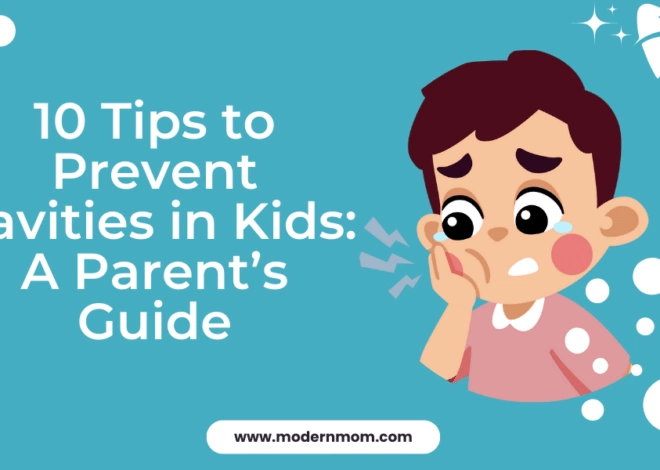Foods High in Vitamin A During Pregnancy
Vitamin A, which aids the body’s immune system, eyes, mucus membranes and cell reproduction, is really two kinds of vitamins: retinol and the provitamin-A carotenoids. Natural retinol comes from animals, while the carotenoids, of which the most well-known is beta carotene, come from vegetable sources. When you eat the animal sources of retinol vitamin A, you absorb the retinol the most directly and efficiently, while the vegetable carotenoids get converted into retinol inside the body less efficiently. The hype you might have heard about beta carotene, which is present in many vividly colored vegetables and fruits, is well-deserved and stems from the fact that it’s the most efficiently absorbed of all the carotenoids.
How much vitamin A should you take during pregnancy? In supplement form, take no more than the right amount of vitamin-A retinol for your age—to be safe, consult the chart from the National Academy of Sciences Institute of Medicine and speak with your physician. As for foods to take or not take that are high in vitamin A during pregnancy, see the recommendations below.
Foods to Avoid
During pregnancy, and especially in the first trimester, avoid high doses of vitamin A, either in supplement form or from foods. Even if you suspect you might be pregnant, don’t go above the dosage of vitamin A retinol or beta carotene your doctor recommends, especially when taking supplements.
Chicken liver, beef liver and cod-liver oil, all foods high in vitamin A, are not recommended for pregnant women—unless advised otherwise by your physician. Just three ounces of beef or chicken liver have much more vitamin A than is advised during pregnancy.
But don’t take in too little vitamin A, either—that’s called hypovitaminosis A and could mean your baby is born with low levels of vitamin A. To be safe, focus on foods containing beta carotene, since the lower absorption rate will make you less likely to get an overdose.
Dairy Section
Among the best food sources of vitamin A are dairy products. Whole milk, fortified skim milk and cheddar cheese are recommended sources of vitamin A during pregnancy. Chicken eggs are also high in vitamin A. These animal-based food sources of vitamin A are generally safe if eaten in normal amounts.
Red, Orange and Green Vegetables and Fruits
Vegetables and fruits are the stars of food-source vitamin A during pregnancy. Beta carotene abounds in carrots, beets and other red vegetables such as sweet potatoes, yams and yellow squash. Carrot juice and boiled carrots are great ways to get your vitamin A. If you’re in a fruity mood, pick out a nice, fresh cantaloupe or add some peaches or ripe red tomatoes to your salad. And don’t neglect the green vegetables. Heap your plate with spinach, kale and other deep-green veggies. Try apricots, papaya and mango desserts to get your vitamin A. In normal portions, it’s hard to overdose on the fruits and vegetables containing beta carotene.
Fortified Cereals
Many instant fortified cereals, including hot cereals like fortified oatmeal as well as cold fortified breakfast cereals, also contain vitamin A, mostly in the form of retinol. Check the labels on the cereal package for portion amounts.




